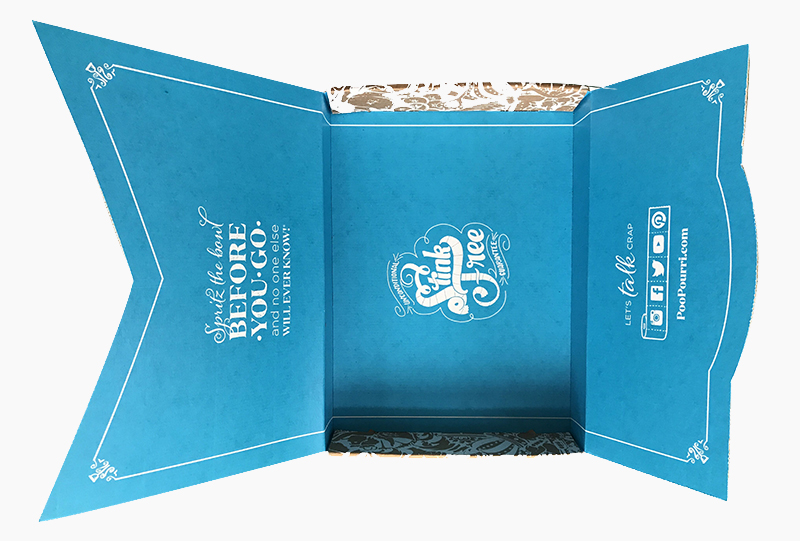این پست نیز در دسترس است: 
(1) A screen mesh is stretched across an aluminum or wooden frame that matches the size of the printed paper box.
(2) A coating of photosensitive substance is applied on the screen mesh.
(3) A positive mask is used to cover the parts to be printed such as the texts and images, and then the screen mesh are exposed to the UV light. The coating on the blank parts not to be printed become hard.
(4) When the screen mesh is flushed with water, the coating on the printing part is washed away.
(5) Once the mesh is dried and inspected, the screen mask is complete.
(6) The screen mesh is placed on top of the paper box to be printed.
(7) The ink is applied across over the screen and the ink passes into the small openings on the mesh.
(8) The mesh touches the surface of the paper box momentarily and transfers the ink to the paperboard by moving a blade or squeegee across the mesh.
Vantage Point of Screen Printing
Because the ink is forced to pass through the openings on the screen mesh to transfer the image during the screen printing process, the ink layer on the paper box would be quite thick. It means that the screen printing can be applied on any kinds of paperboard, thick or thin, glossy or matte, with a smooth or rough surface.
Custom Screen Printed Paper Box
In DE Printed Box, 90% of our paper boxes are litho printed, or UV printed. But when we come to a custom paper box made of a thick paperboard, like black specialty paper or kraft paperboard, those printing methods don’t work any more because the inks layer is too thin to be visible. For these special paperboard, we usually use the silk screen printing method to do the printing.




